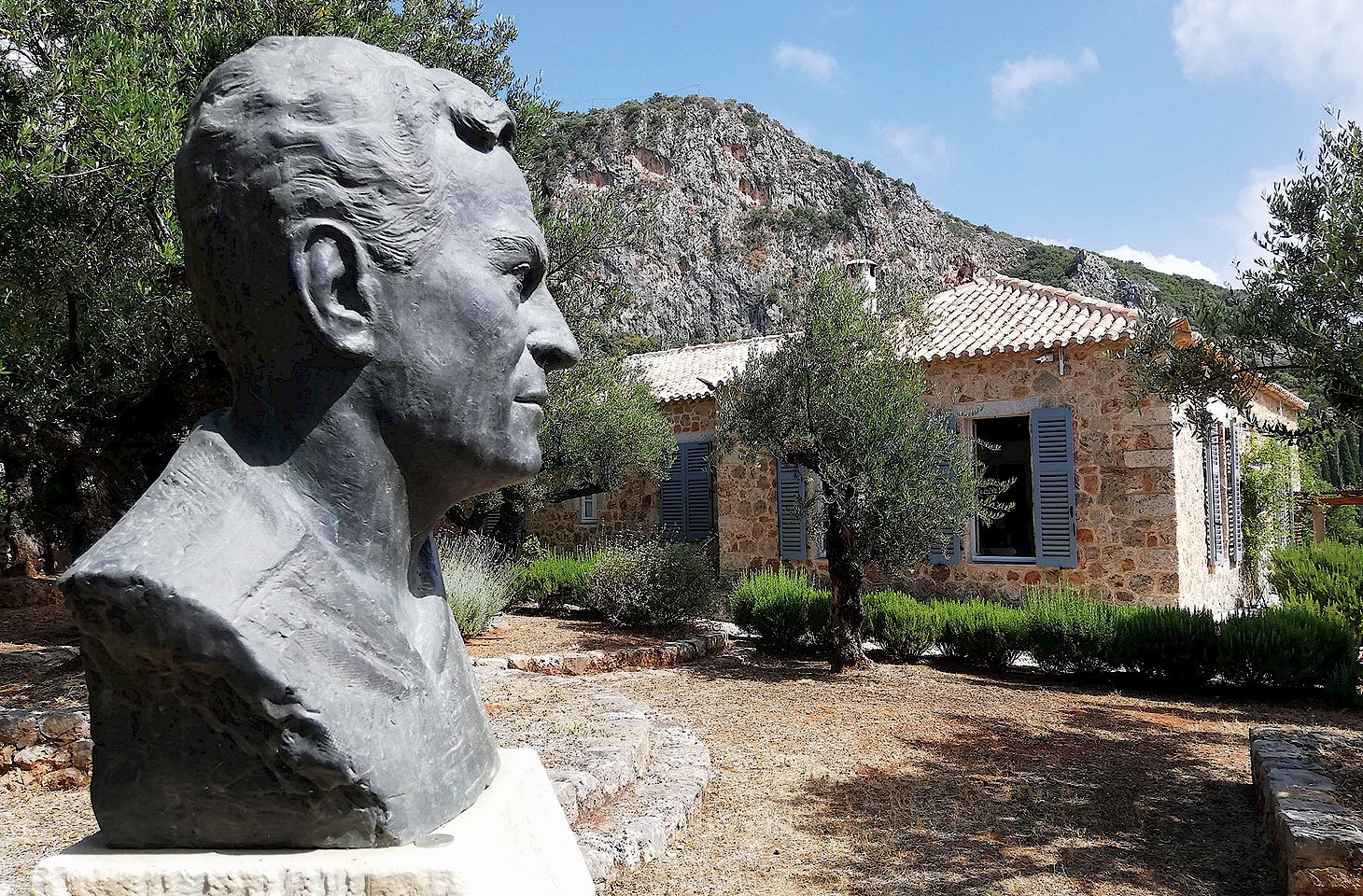Mile Vranesic sits below a shelf laden with religious icons, framed certificates and wooden folk art, mouth slightly open as he pauses mid-sentence, and examines me from beneath brooding eyebrows through a plume of cigarette smoke. Old bottles filled with homemade rakija stand on the heavy wooden table before him, and the dark walls are cluttered with densely-hung pictures — plaques and certificates, local heraldry, and an old, faded photograph which shows an enormous cross being carried uphill by a procession of villagers.
I am sitting in the zupnik’s (parish priest’s) office in the Croatian village of Stojdraga, close by the border with Slovenia. And I listen as Mile Vranesic recounts the history of the Uskoks — uskoci in Croatian. The Adriatic pirates of the sixteenth and seventeenth centuries, they were much celebrated in popular folklore as defenders of Christendom, and the scourge of Ottoman and Venetian shipping in the region. And there is a connection with the inland village of Stojdraga, for it was to these low, wooded hills in the Zumberak region that many Uskoks were outlawed, just a little under 400 years ago. And it is here that one is most likely to find something of their past.
Patrolling the Adriatic
The word Uskok derives from the verb uskociti, which literally translates as ‘to jump in’ (alluding to their propensity to dive into a fight). As typically recounted, the Uskoks’ story is that, displaced from their homelands further south and east by the Ottoman invasion of the Balkans, they entered the service of Austria as soldiers on the Croatian Military Frontier (Vojna krajina). They were based, among other places, at the strategic fortress of Klis, above Split, and in the port of Senj — the spot on the coast most closely associated with the Uskoks. And it was in Senj that the Uskoks, having repeatedly failed to receive any wages from their Habsburg masters, turned to piracy in order to support themselves.
The reality is of course slightly more complex, and the Uskoks themselves, among them Vlachs and Morlachs (and including Orthodox as well as Catholics in their numbers), had in many cases served as border troops for the Ottomans, and in response to a reduction in privileges were now enlisting for service under Austria. Senj was manned by a garrison of regular troops, who were increasingly joined by Uskoks and other irregulars as the latter were displaced from lands already under, or threatened by, the Ottomans. In particular, following the fall of Klis to the Ottomans in 1537, a large number of its defenders — many of whom were Uskoks — joined those already at Senj.




